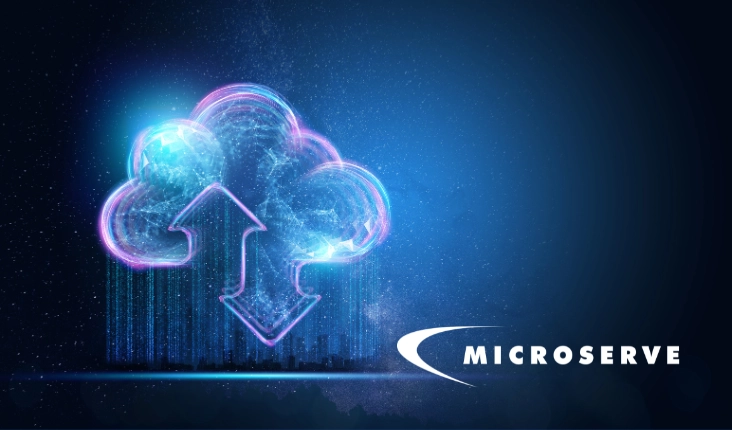As a business owner, you probably hear about the cost of data breaches on a near constant basis. After all, the average cost of a data breach in Canada carried a $6.11M price tag. But, data breaches only account for 22 percent of unplanned downtime. While securing your data against unwanted intrusion is important, it is only one part of a total disaster and recovery plan that can keep your business up and running.
Somewhere between 40-60 percent of small businesses permanently close their doors after a major incident. In comparison, 96 percent of businesses with a good backup and disaster recovery plan in place recover quickly and with minimal cost. Since business continuity is essential for the long-term health of your business, it makes sense to put some time into developing a plan that will maximize your uptime.
The most common cause of downtime is a hardware failure
When listing all of the things that can leave your business unable to access necessary systems, hardware failures take the top spot. Loss of power to your location, a software issue, data corruption, security breach and user error round out the possibilities that could leave you locked out of everything from your email to your CRM. With so many potential points of failure, it is difficult to manage all of your recovery needs in-house. Even if you have constant backups on an in-house server, that won’t help if the power goes out. What do you do during a severe weather event? Your employees can work from home, but not if your systems depend on hardware that is in your geographic location.
Building a better backup and disaster recovery plan
You wouldn’t build a business around one customer, and you shouldn’t keep all of your critical systems in one location. Working with a third-party provider for backup and disaster recovery lets you spread out your risks. By moving backups offsite, you also reduce the risk of a single hardware failure wiping out your work product. If your systems go down, your backup company still has a recent record. If their systems go down, you have local access. Recovery is all about maintaining access during possible interruptions to service, not just backing up your current systems. That means you want a partner that can get you up and running in a reasonable amount of time, whether that’s an entire day or just a few minutes.
Backup and replication for seamless access
A focus on avoiding service interruptions can miss some of the basics of good recovery. Replication is a great way to deliver seamless service, and that’s exactly what Microsoft uses to support Office 365. If one of their locations has an issue, you’re automatically rerouted to an alternate location. That keeps your service up and running, but it can also replicate bugs and corrupted data. Veeam, a Microserve partner, backs up your data and provides replication services. By doing both, you can avoid porting in bad data and keep your access running in real time. Not every use case is transferable to a virtual environment. In some cases, applications must be run locally, but that doesn’t mean they don’t need regular recording to an off-site location. The Veeam Agent for Windows option bridges the gap between legacy systems and complex hardware constructions that don’t virtualize well and the need for continuous protection.
Go virtual when possible
Not every system can be virtualized, but when possible, it is an elegant and simple solution to backup and disaster recovery. Cloud-based backup and virtualized access remove many of the risk factors that affect business continuity. When your employees can log in on-the-go and gain access to needed systems, you gain agility and the ability to continue providing service even when the power goes out or the office is closed. Microserve partners with ExaGrid for virtualization solutions that scale with your business.




